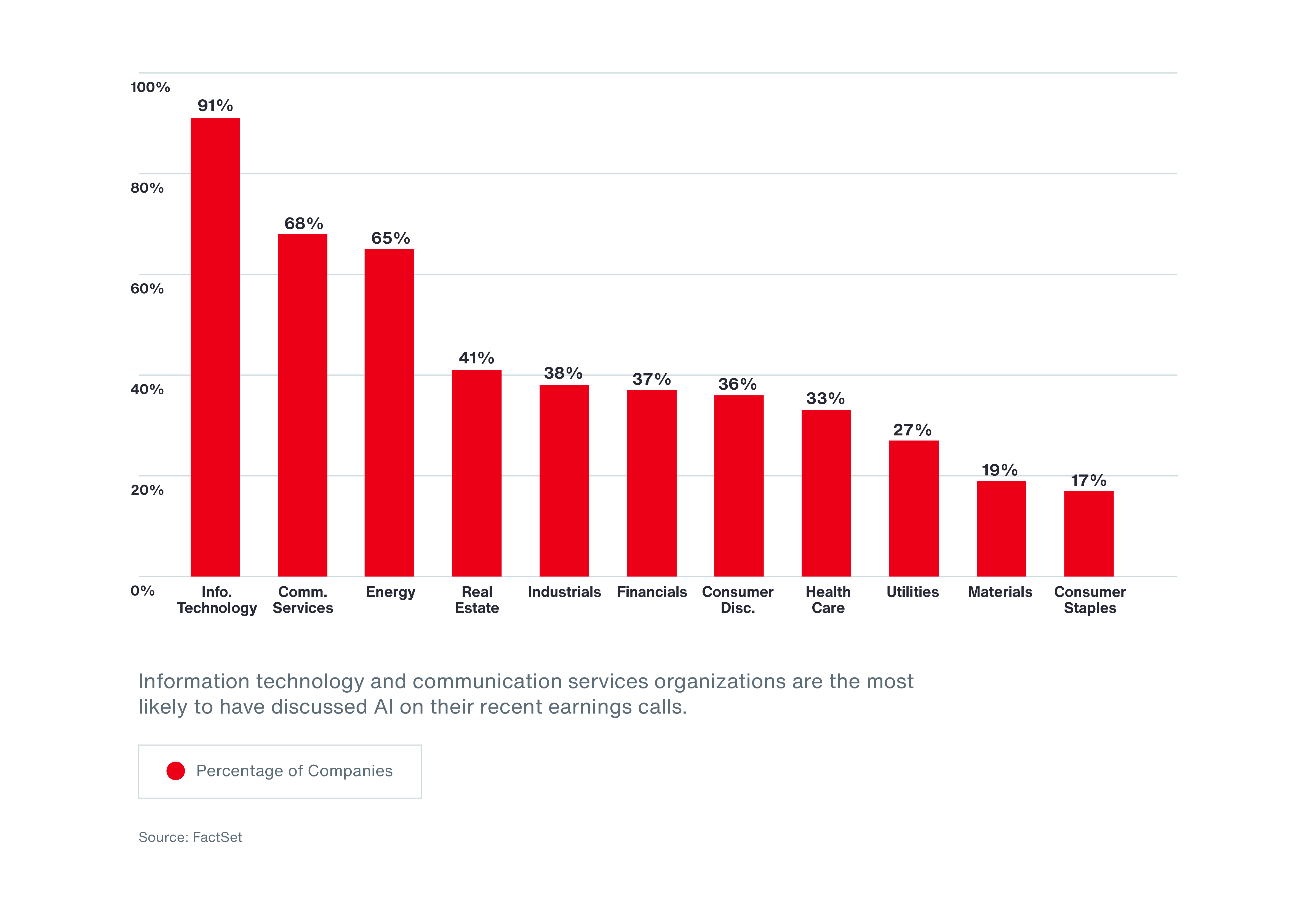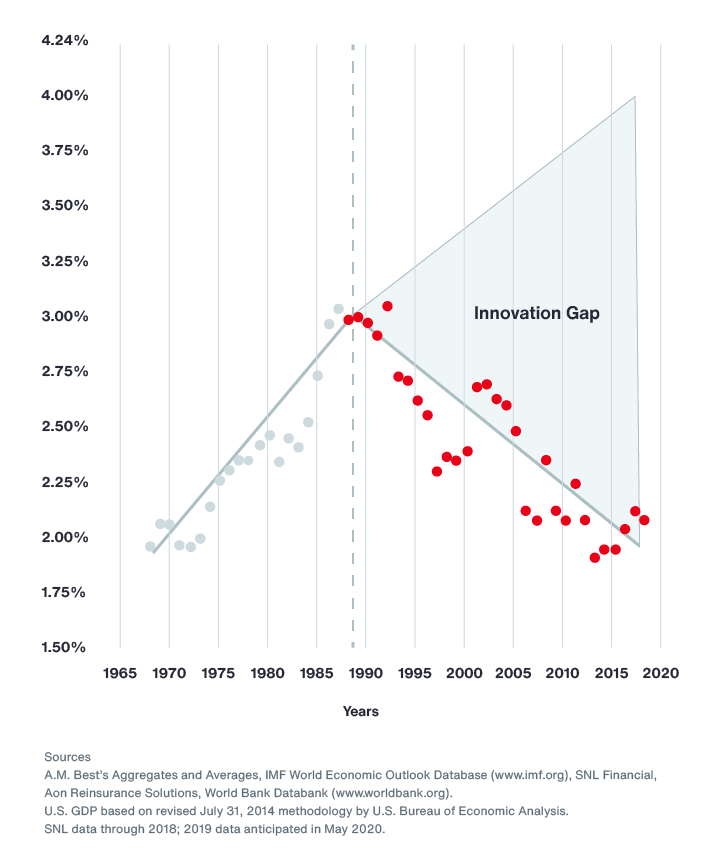In the UK, in April 2024 the Judicial College Guidelines 17th edition (the defacto reference for general damages valuations) announced a 22 percent climb in general damage claim costs over previous editions.14 Many factors impact rising claims settlement costs, such as significant increases in cost of care, including collective actions. This, in turn, heightens underwriter concerns.
“We expect to see that figure continue to rise in line with the Retail Price Index in subsequent years,” says Anthony Little, a claims management director in the United Kingdom. “So probably anywhere between 2.5 and 3.5 percent year-on-year until the next revision is published.”
Until recently, opt-out mass actions have not been a significant feature of the English legal system, which differs with the U.S. However, in 2015 an opt-out regime before the UK Competition Appeal Tribunal was introduced for infringements of competition law. There is an ongoing debate about whether the English legal system should make wider use of opt-out procedures.
Litigation funding, while not as developed as in the U.S., also remains a concern with insurers in the UK, especially if larger class actions emerge around issues like sports-related brain injuries.
European businesses with a significant U.S. footprint are also at increased risk from this trend. The European casualty market remains competitive for well-performing risks without U.S. exposure. However, insurers are casting a cautious eye when European multinationals have significant U.S. risks, including U.S. operations or export of goods to the U.S.
Those companies face higher premiums, less capacity and restricted coverage due to prior-year reserve deterioration and ongoing concerns related to nuclear verdicts and adverse litigation trends.
6 Strategies to Mitigate the Potential Impact of Nuclear Verdicts
With verdicts continuing to rise, the impact of social inflation is creating a cautious casualty insurance environment. Until there is robust legal reform in the U.S., insurers will continue to underwrite with vigilance in tort-exposed lines and with emerging risks, including PFAS and phthalates.
In the meantime, as litigation continues to gain momentum, insurers are seeking to address exposures through coverage clarifications, exclusions and increased retentions.
“Deductibles are higher, and companies are taking on more risk, and therefore more volatility,” says Hackenburg. “Insurers are putting up less capacity and charging more for it. It is a tough environment.”
To help mitigate risk and potential impact of nuclear verdicts, businesses are urged to employ these risk management strategies:
- Invest in a high-quality defense counsel.
The plaintiff’s bar is highly organized at crafting a comprehensive trial strategy to deliver a potentially large verdict. It is critical that the defense counsel is comfortable with handling high-pressure situations and skilled at managing complex legal issues to counter a strong plaintiff’s bar.
- Do not be afraid to fight.
Plan for the worst-case scenario threatening your business and reputation. Partner with a seasoned defense counsel and the right broker with the strategic approach to successfully navigate difficult claims.
- Show juries that plaintiff decisions have consequences.
This includes an impact on the company, jobs and the local economy. The affordability of insurance puts the profitability and viability of the impacted business in question, leading to larger economic issues and potentially higher costs of goods and services.
- Invest in high-quality risk control.
Strong risk control is essential for the business to demonstrate that it invested in thoughtful and appropriate risk management procedures to protect the business, customers and society.
- Use data and analytics to study loss events in your industry.
Since litigators get an early jump on all available data associated with the claim incident, organizations must plan and execute a rigorous and comprehensive litigation strategy, using data and analytics to close the gap and remove this advantage. Data can help buyers better understand loss events and trends among businesses with similar exposures. By working closely with their broker and insurer, buyers can properly plan for and mitigate potential loss events and understand their costs.
- Be proactive about the high cost of litigation.
Enterprises and risk management teams can be proactive by staying informed about the current strategies litigants are using to seek payouts. They can also use the wealth of data they already possess to better predict attorney involvement in claims. Tools like Aon’s LAMBDA (Litigation Analysis, Mitigation and Benchmarking of Attorneys) use AI insights to detect litigation risk, manage attorney performance and resolve claims effectively.
Until effective and meaningful tort reform is enacted, your broker and insurer are in the best position within this environment to help develop mitigation and risk transfer strategies that will result in better risk decisions and build resilience.


























































































































































































